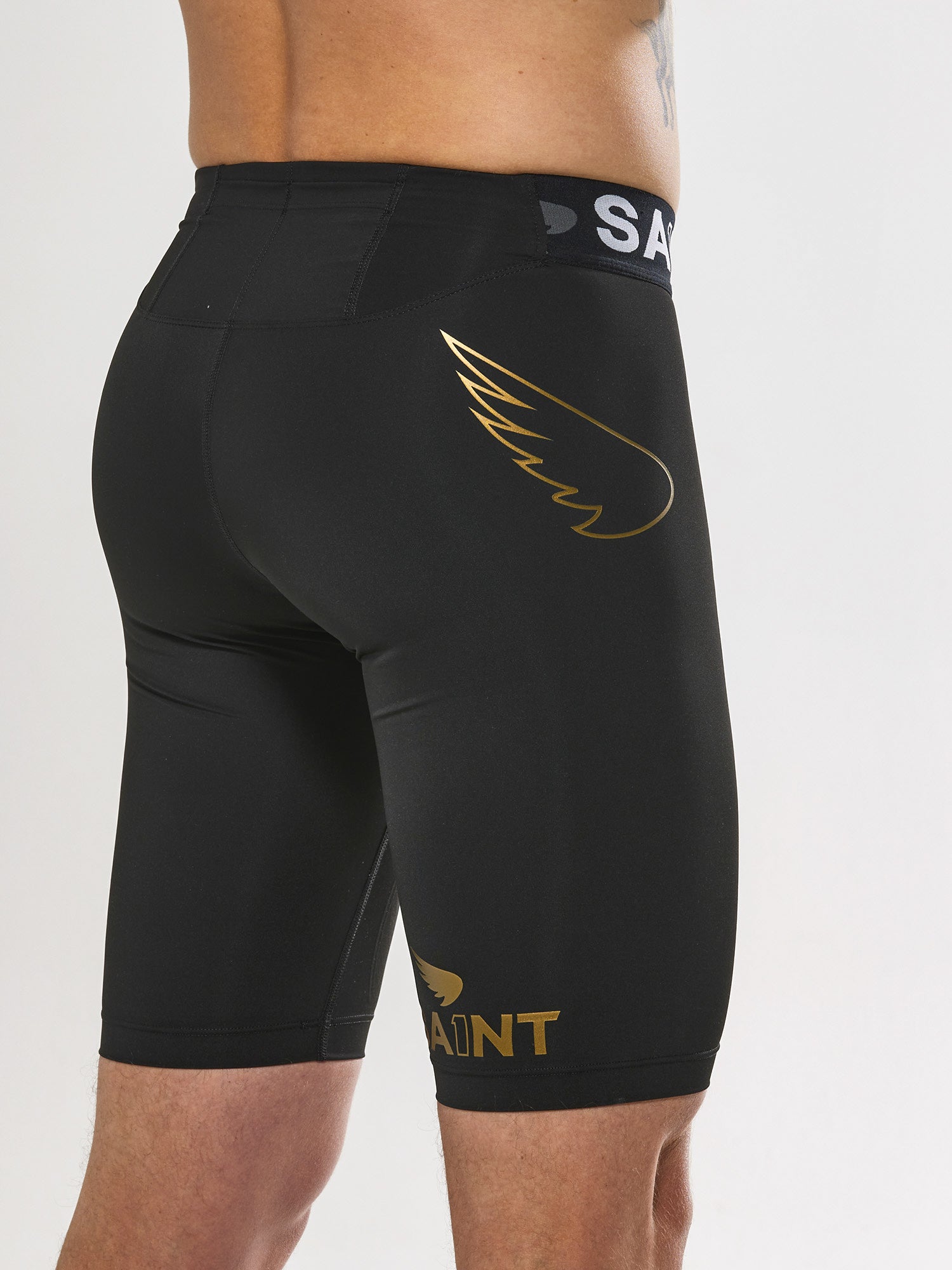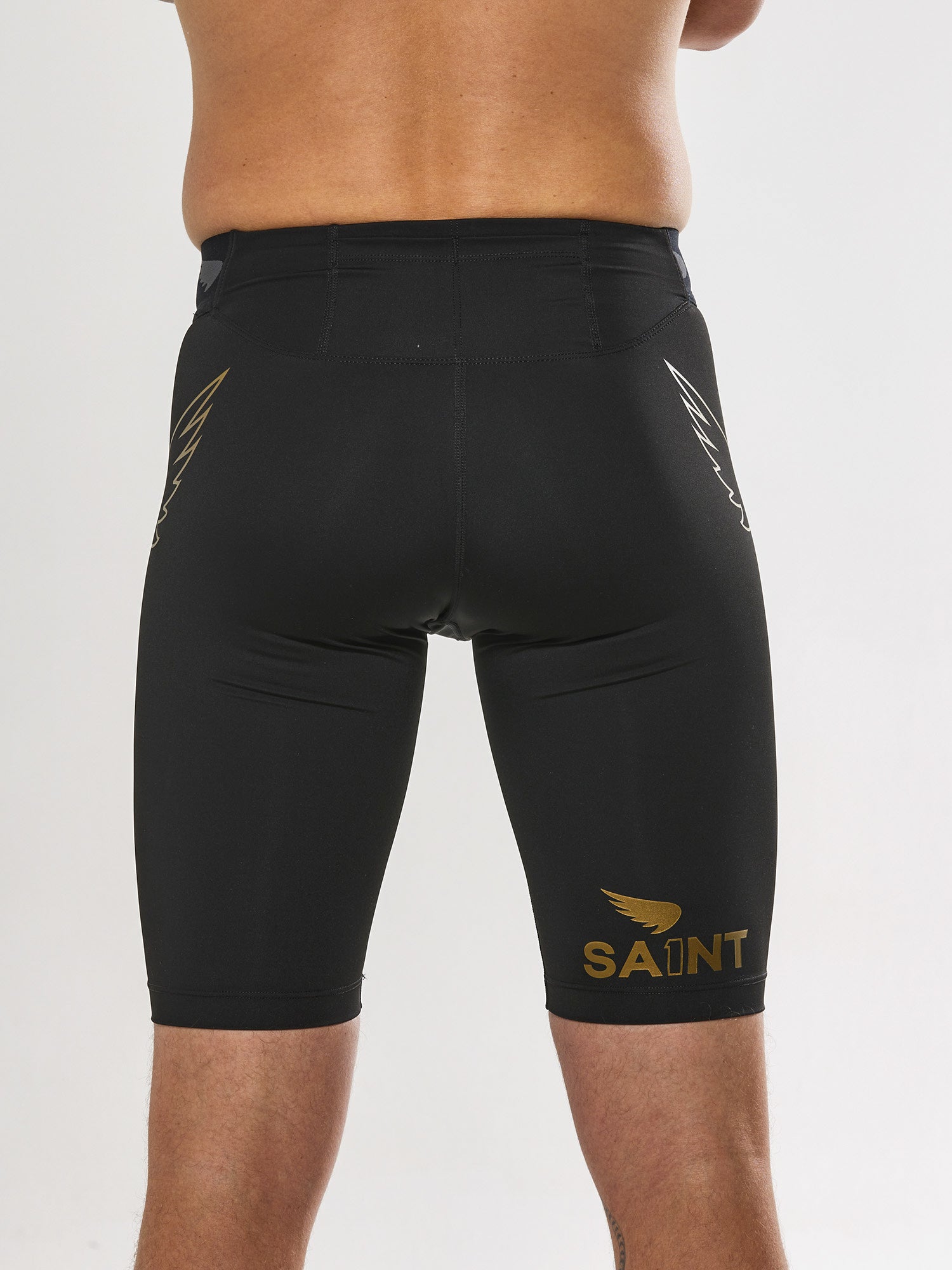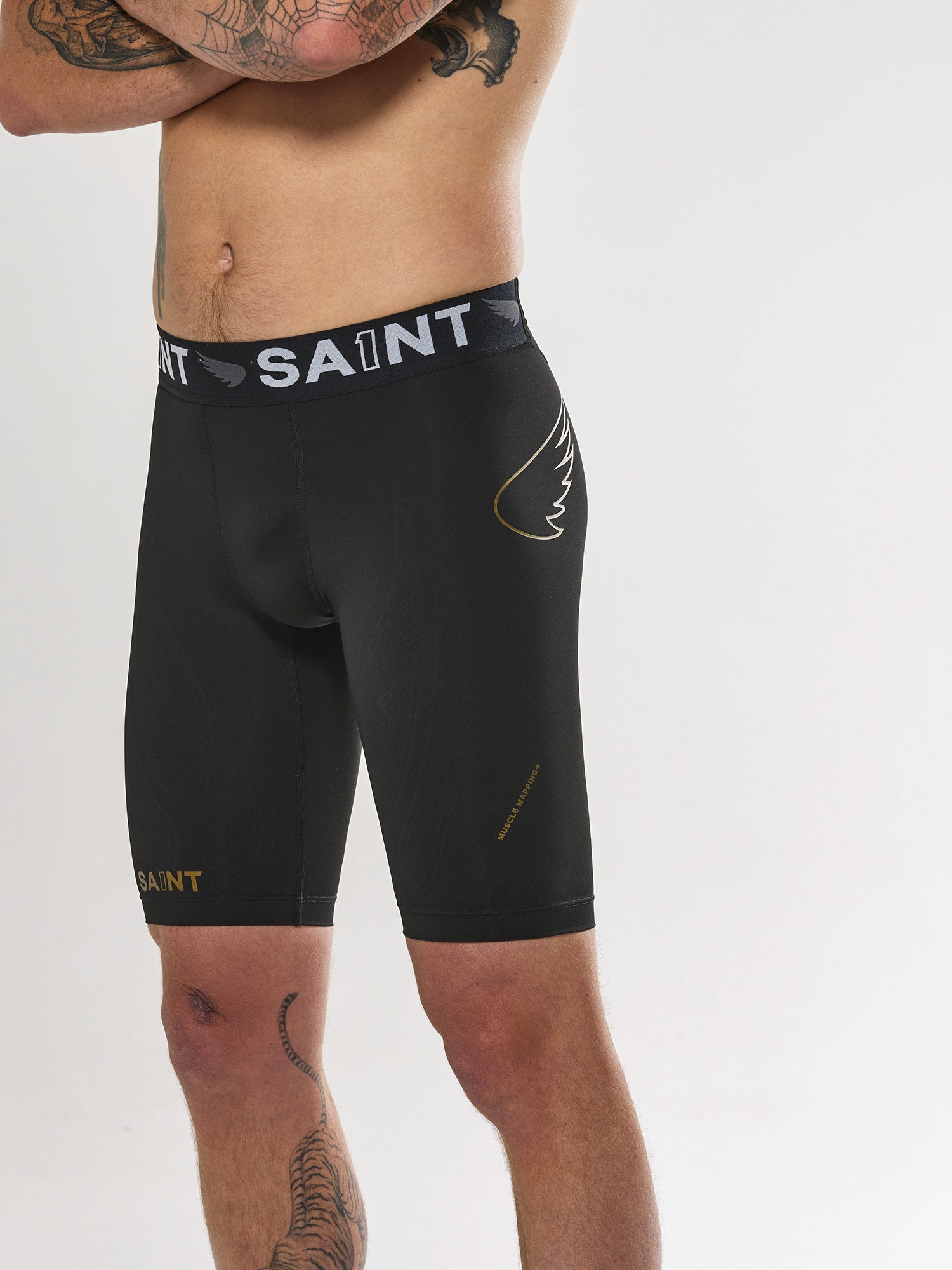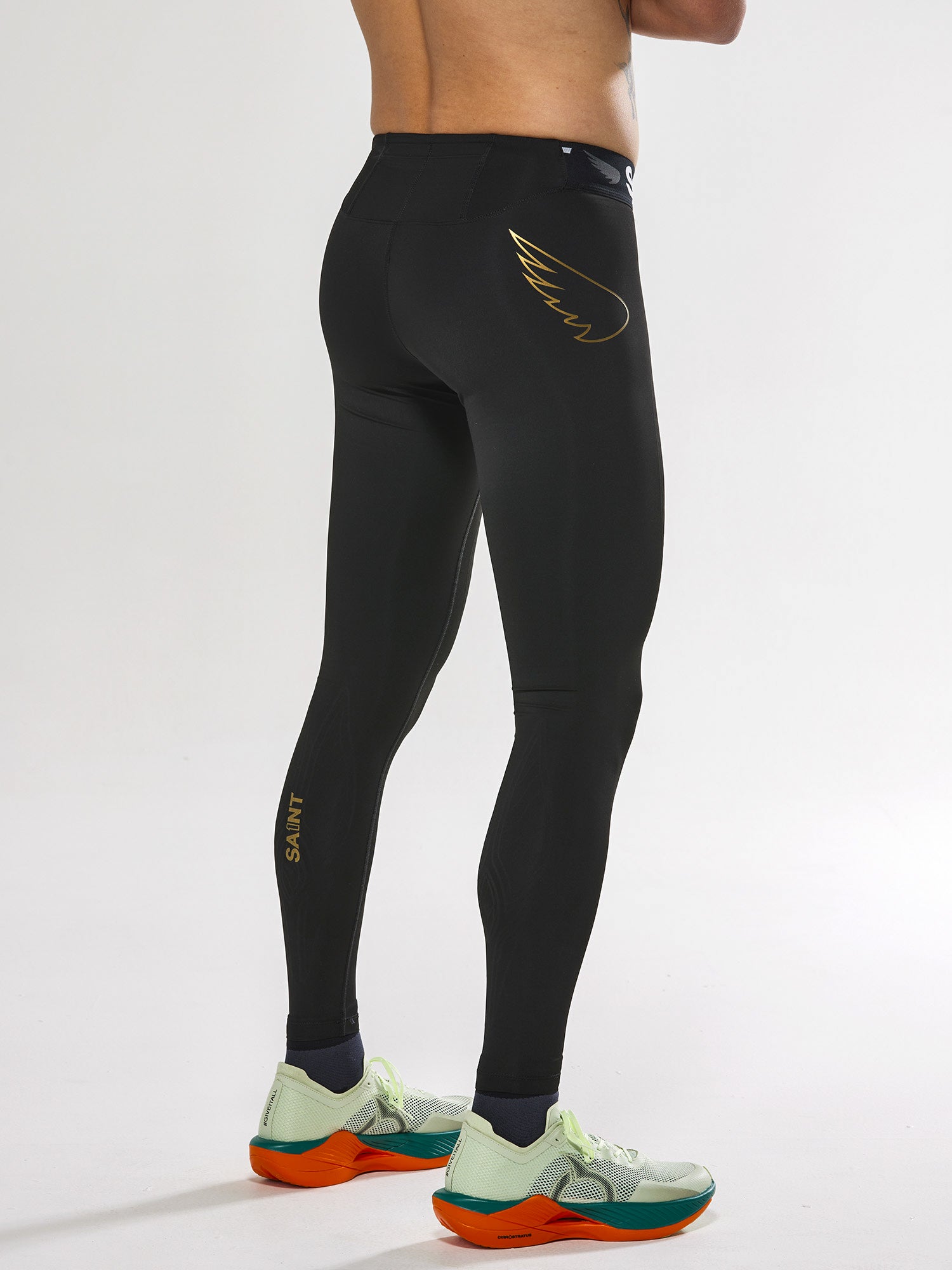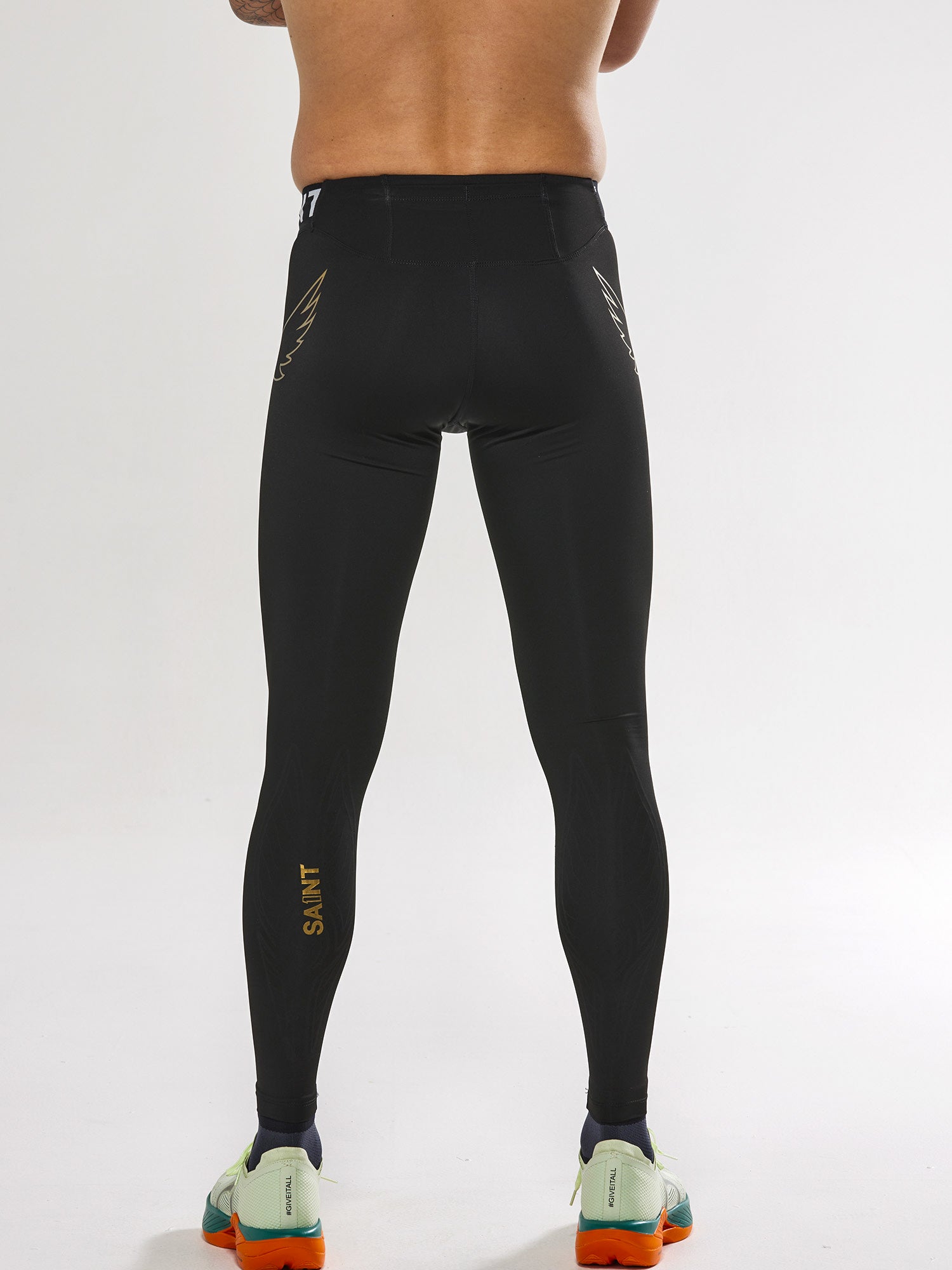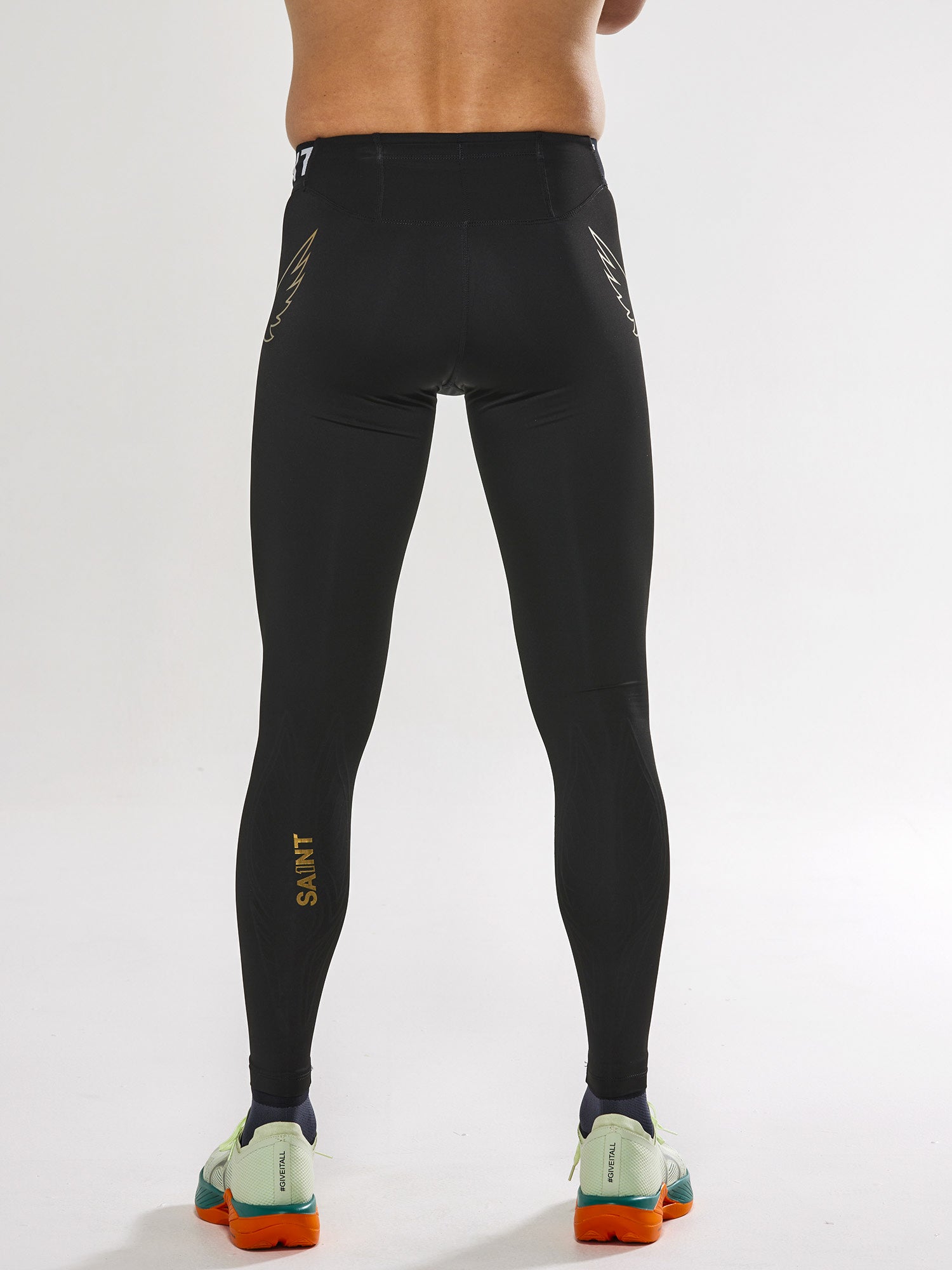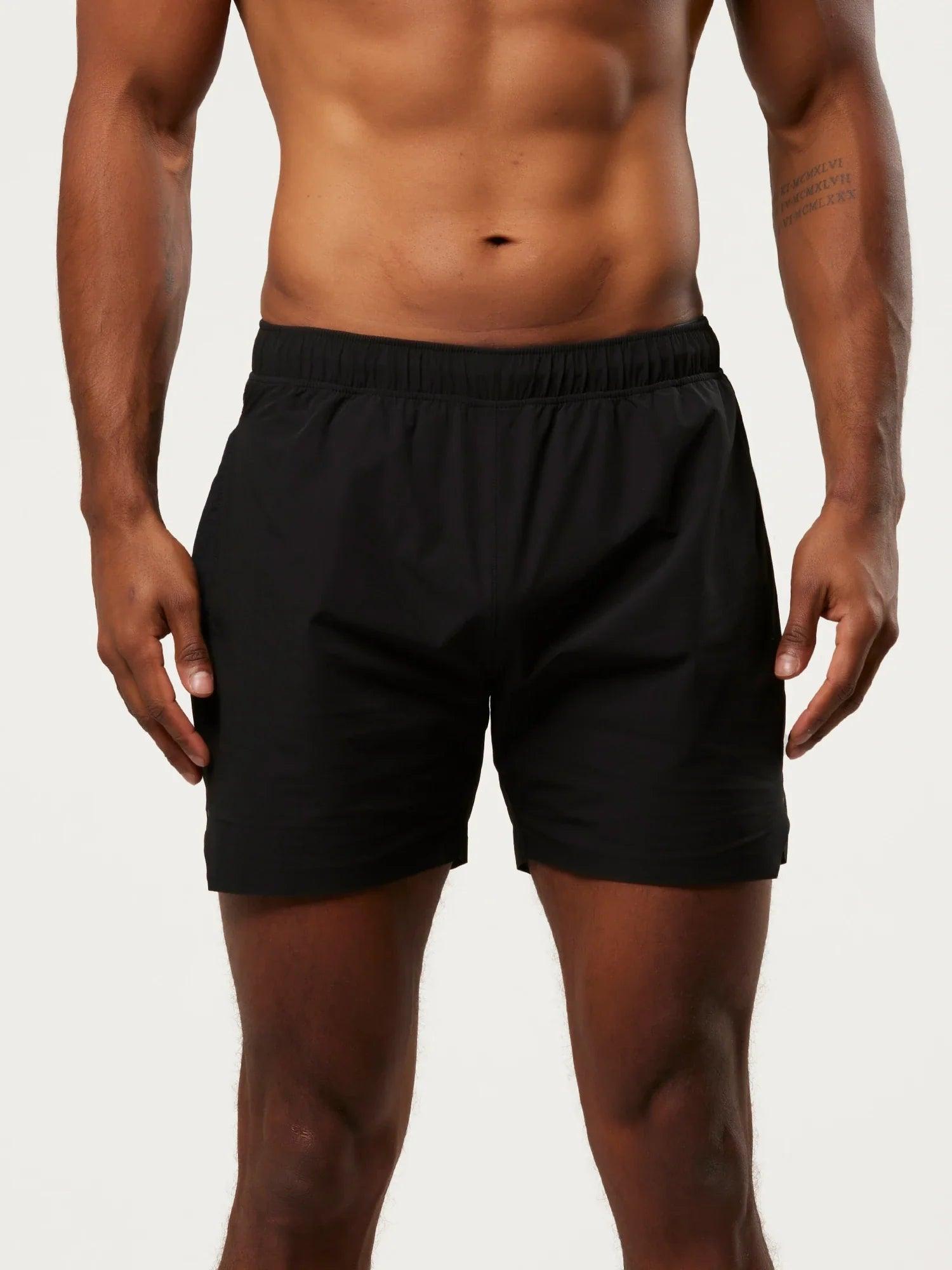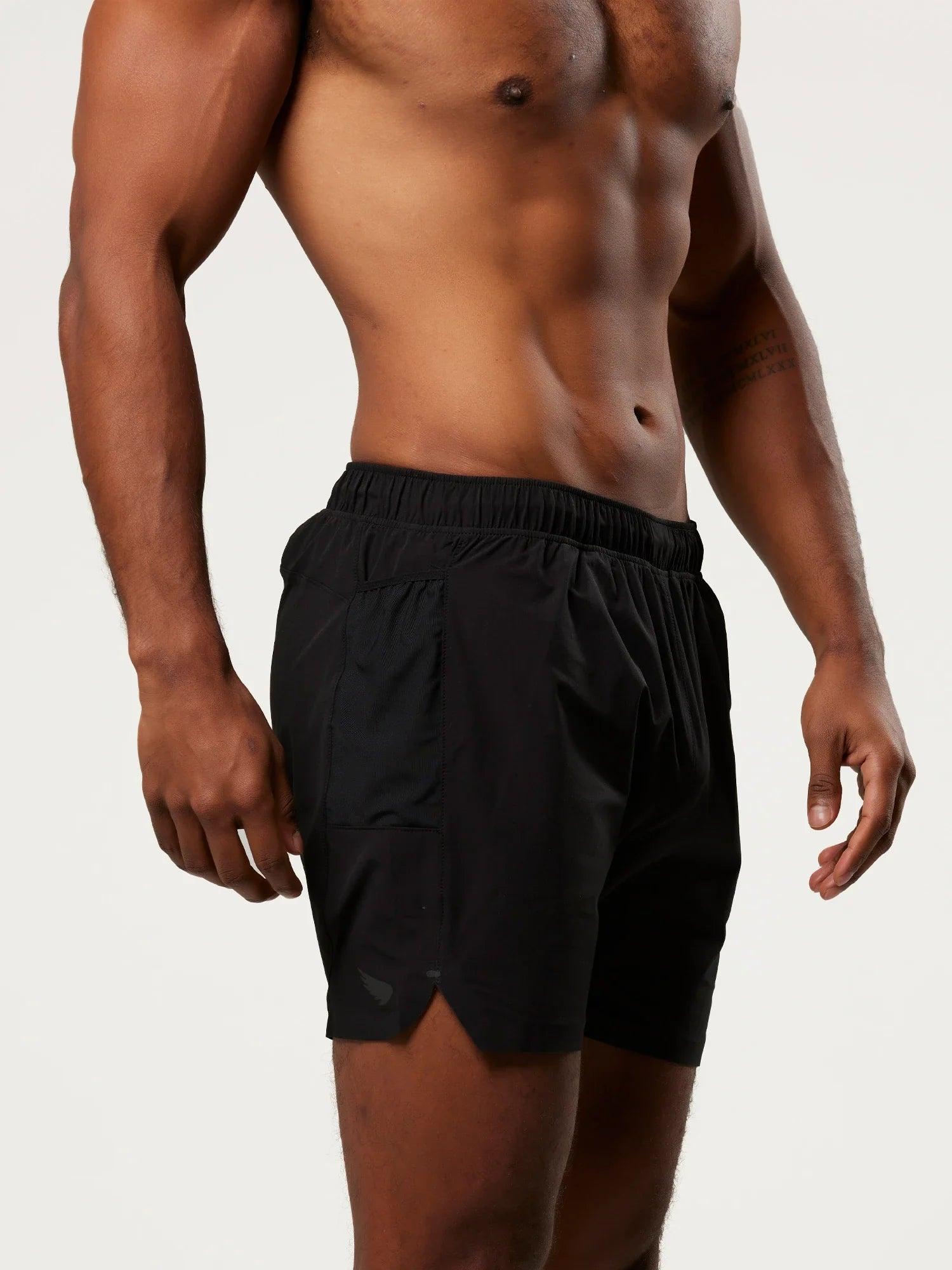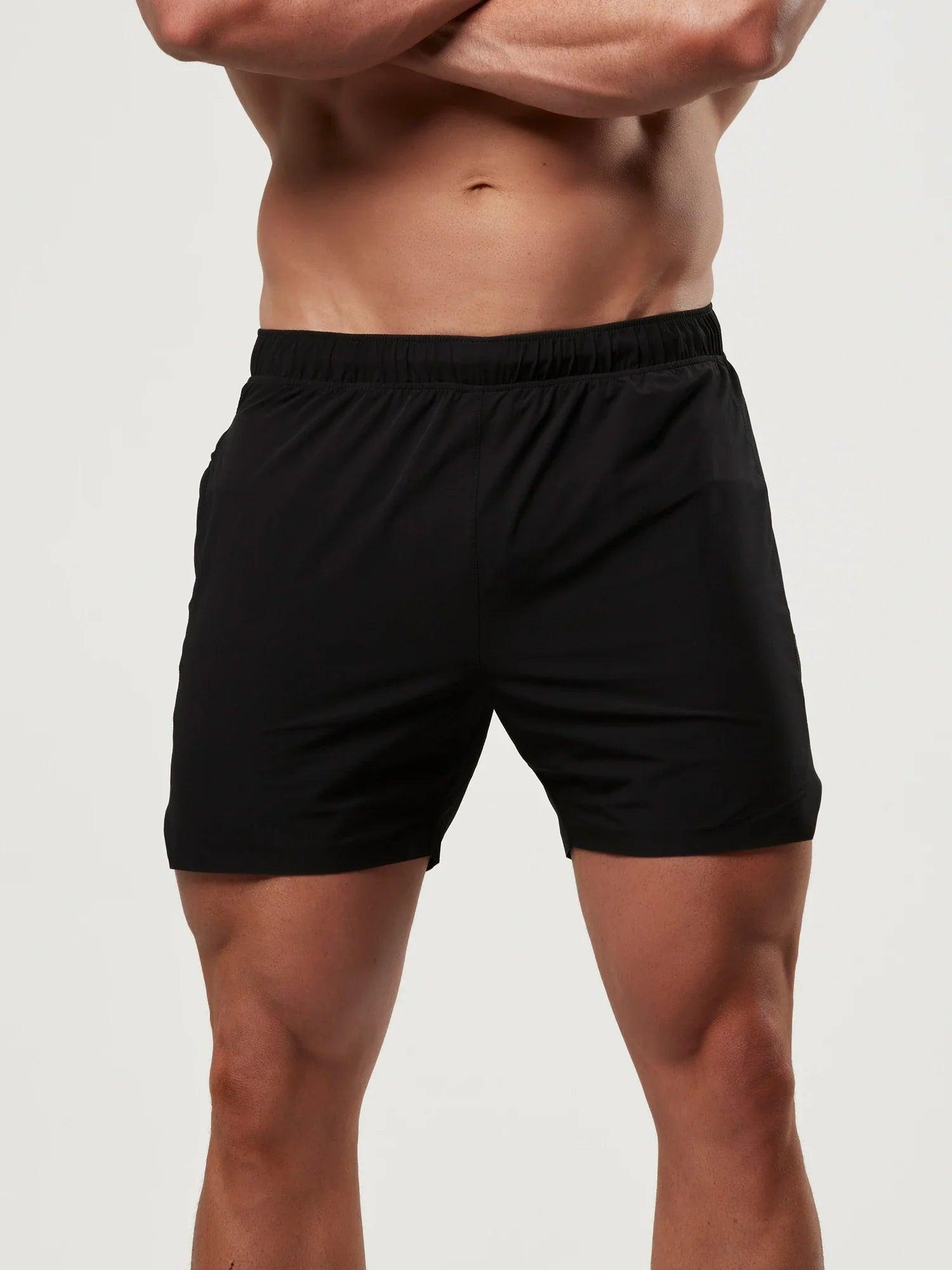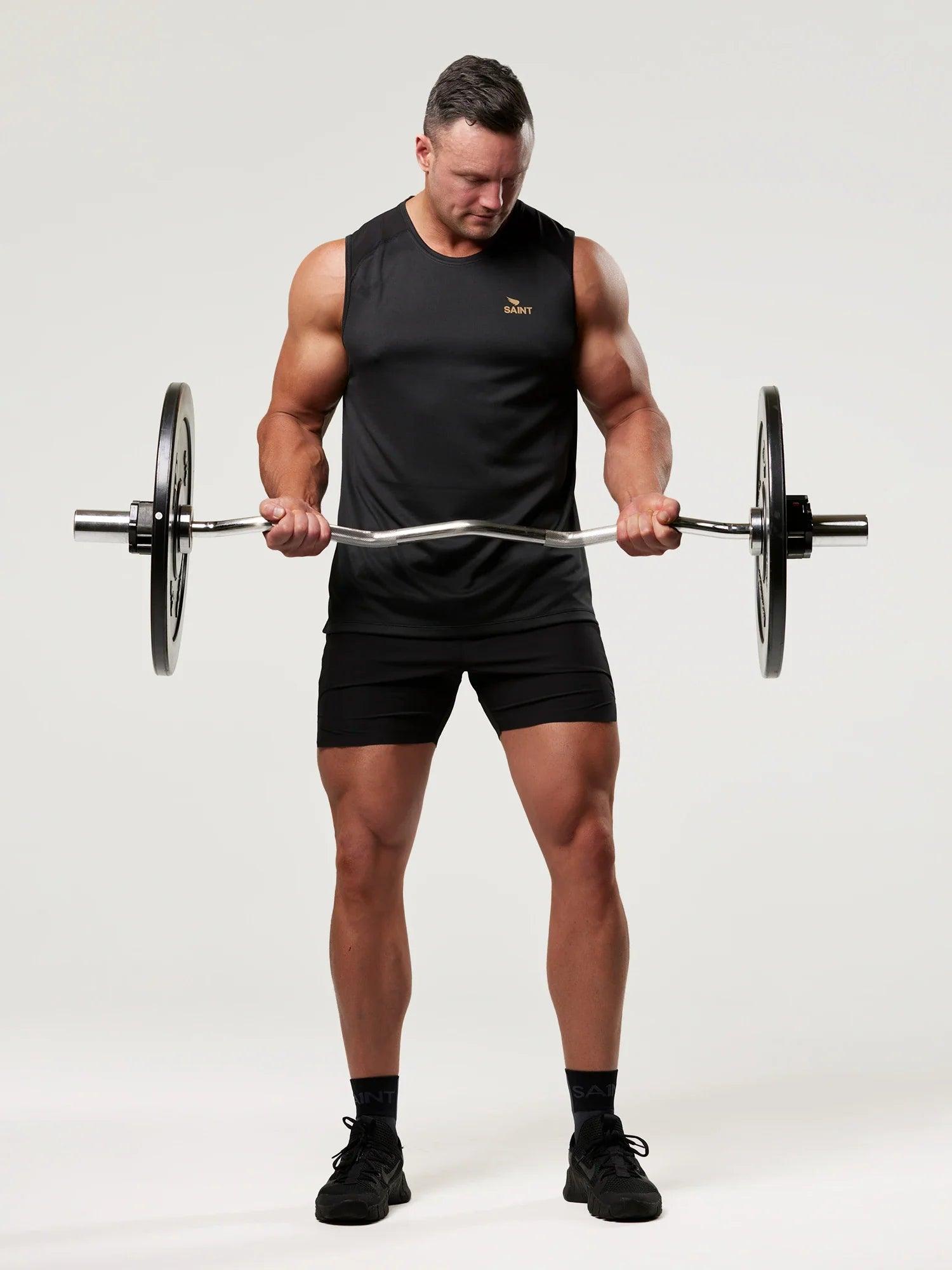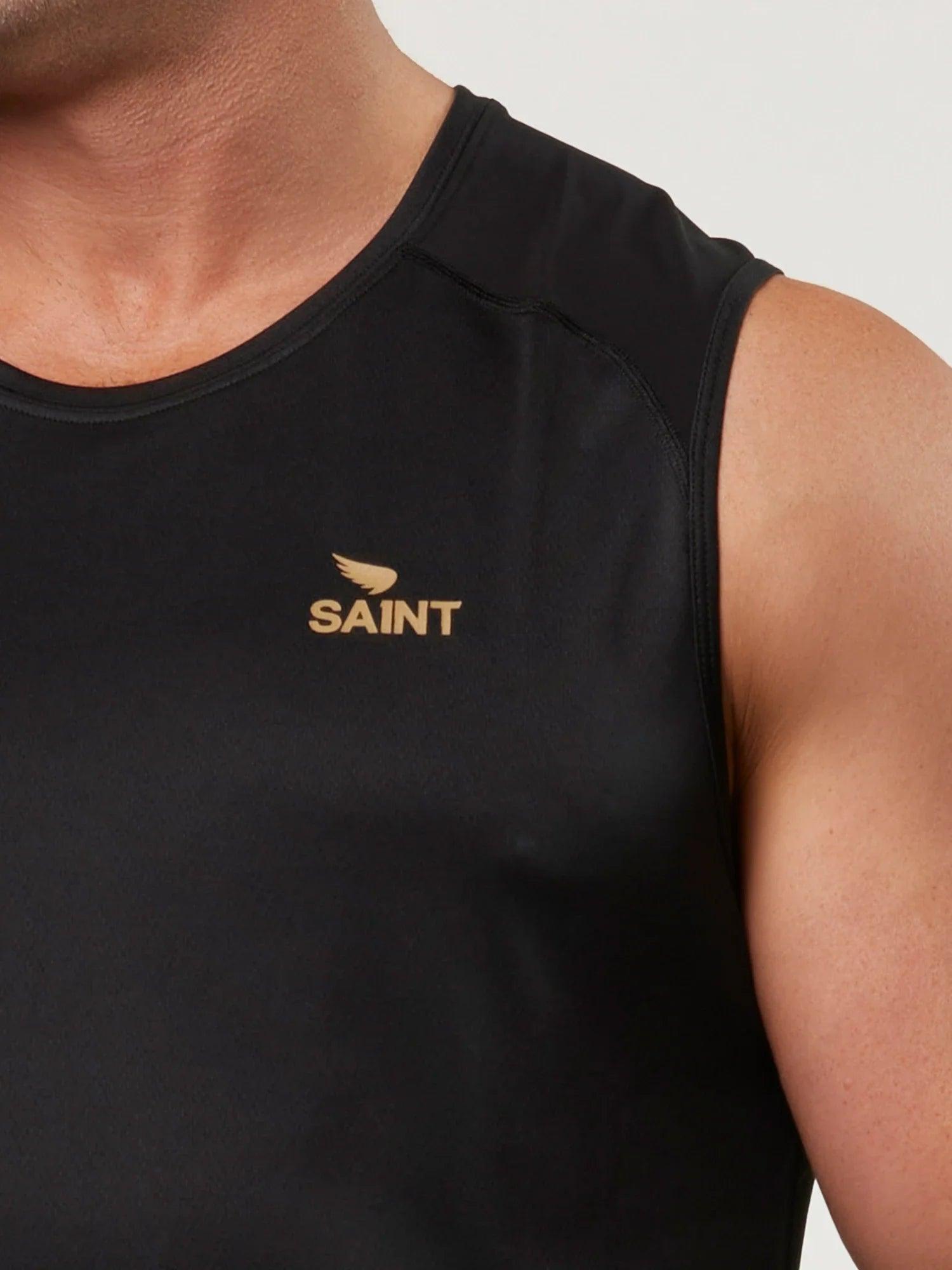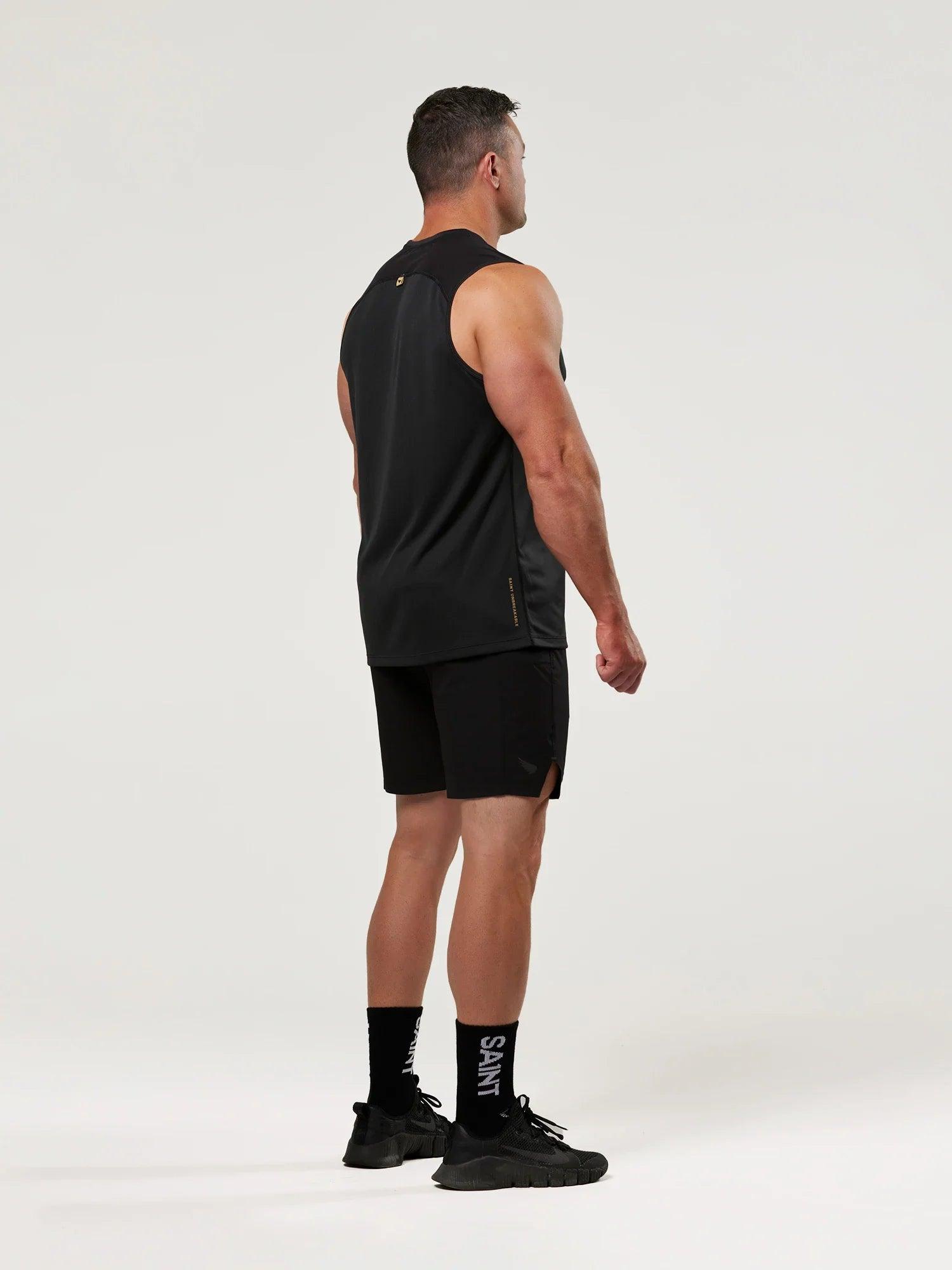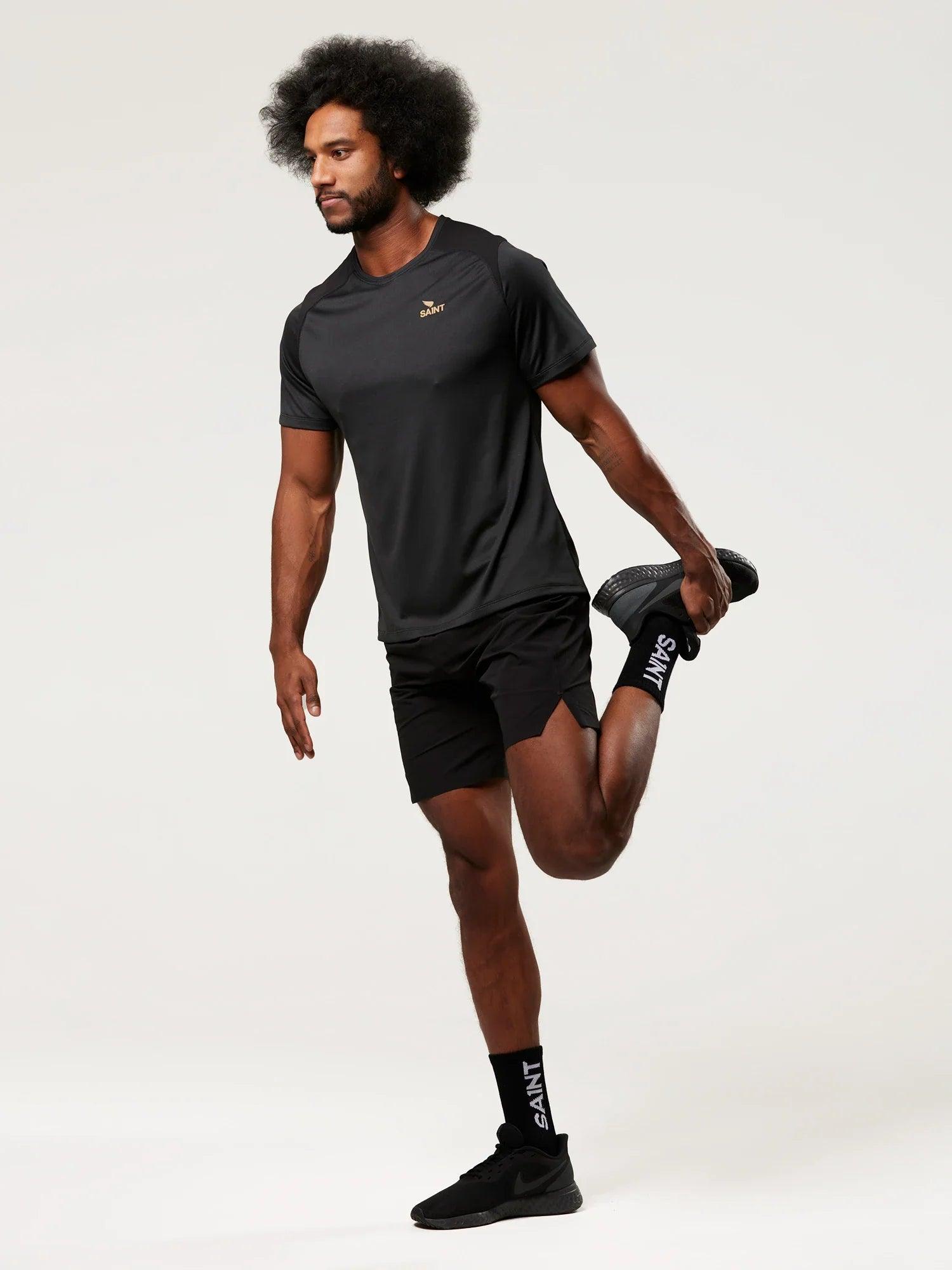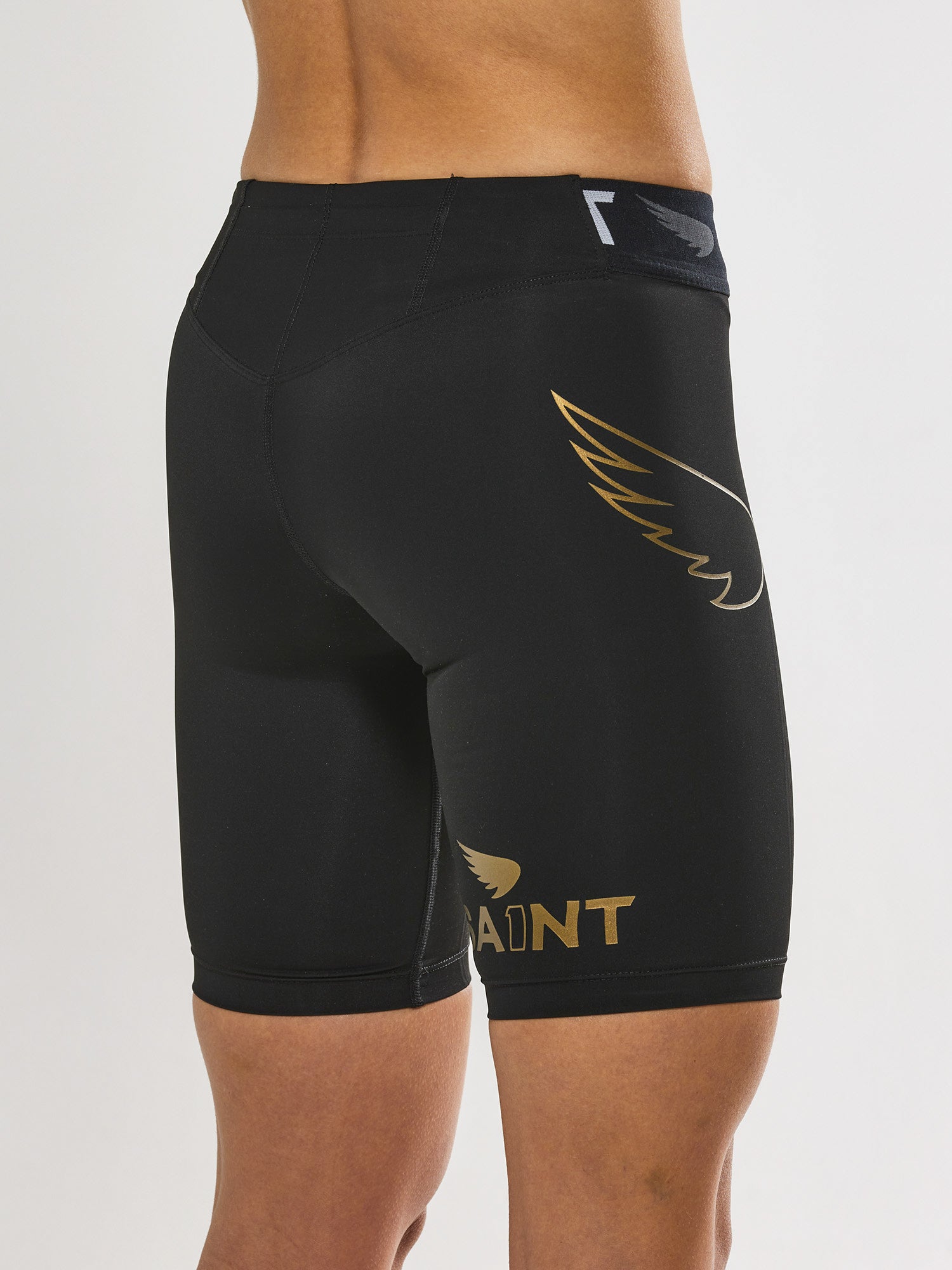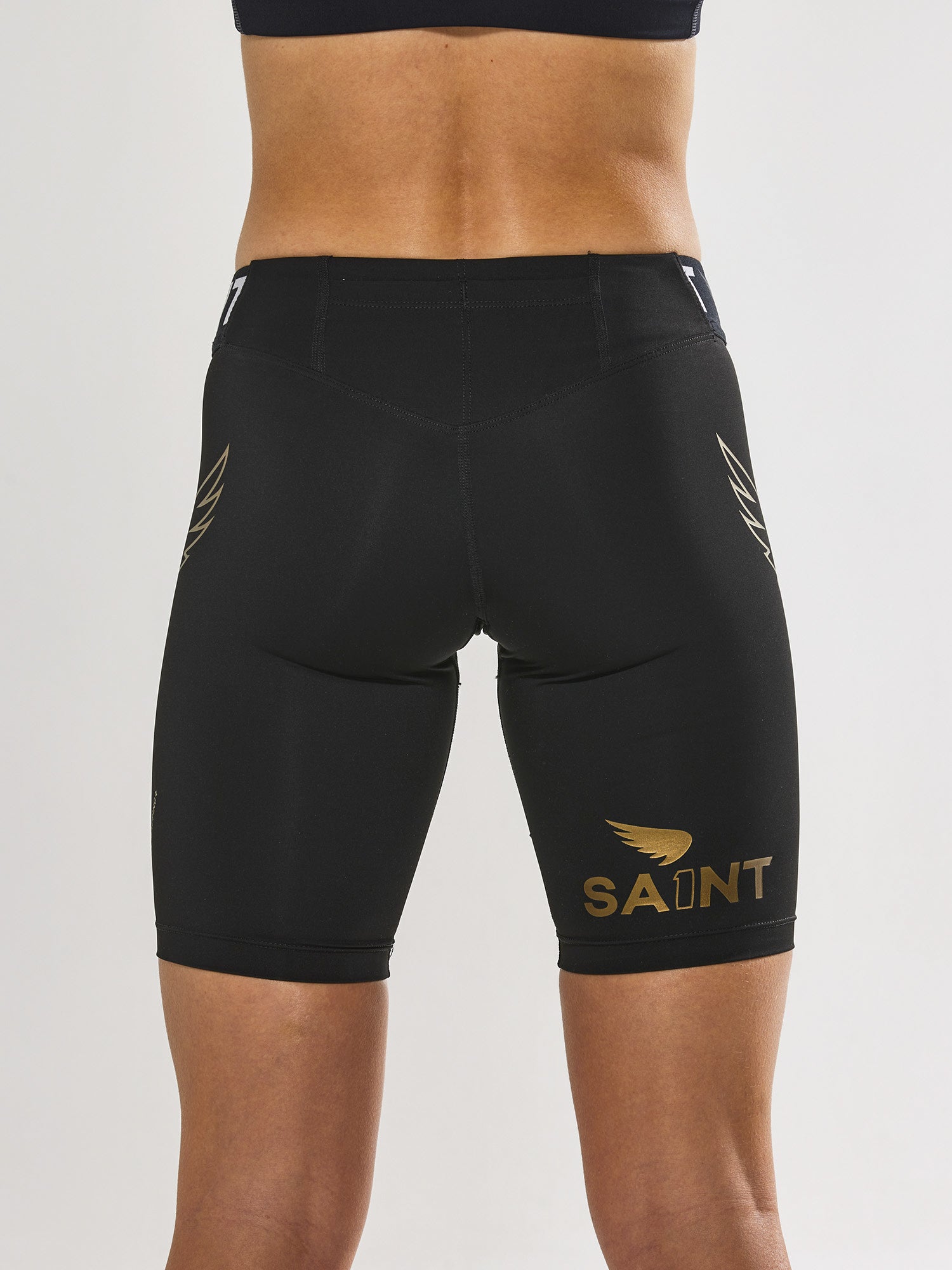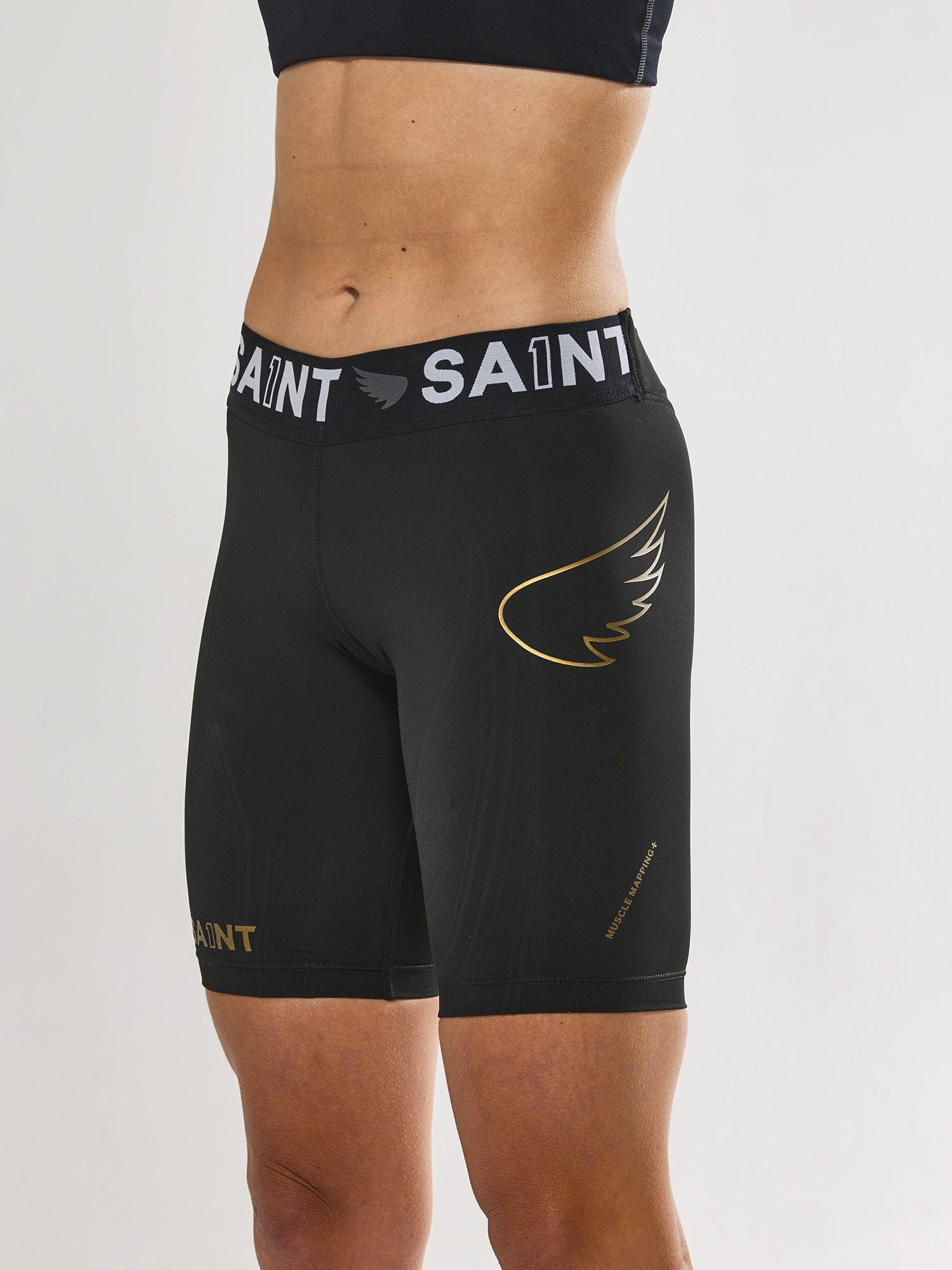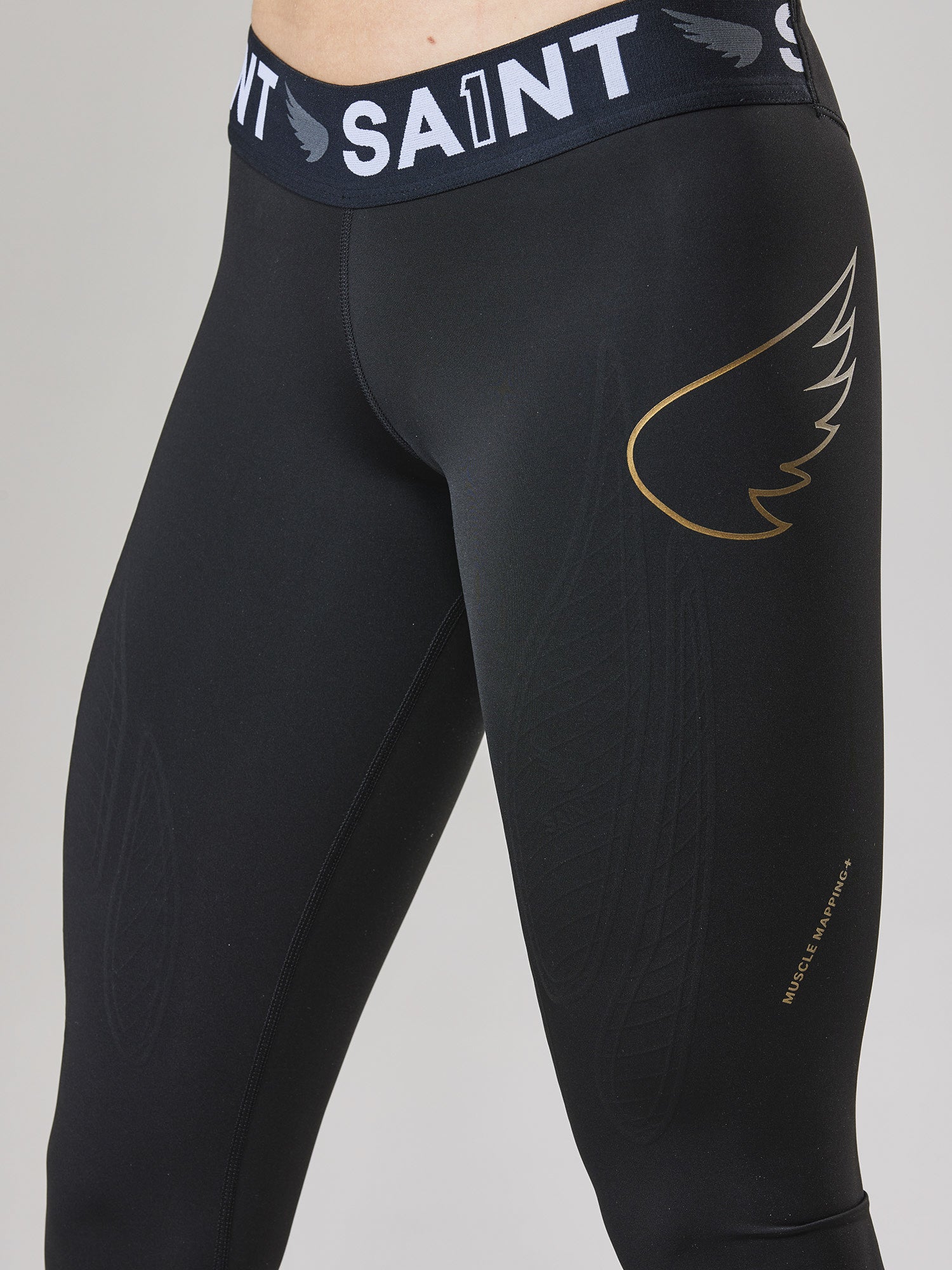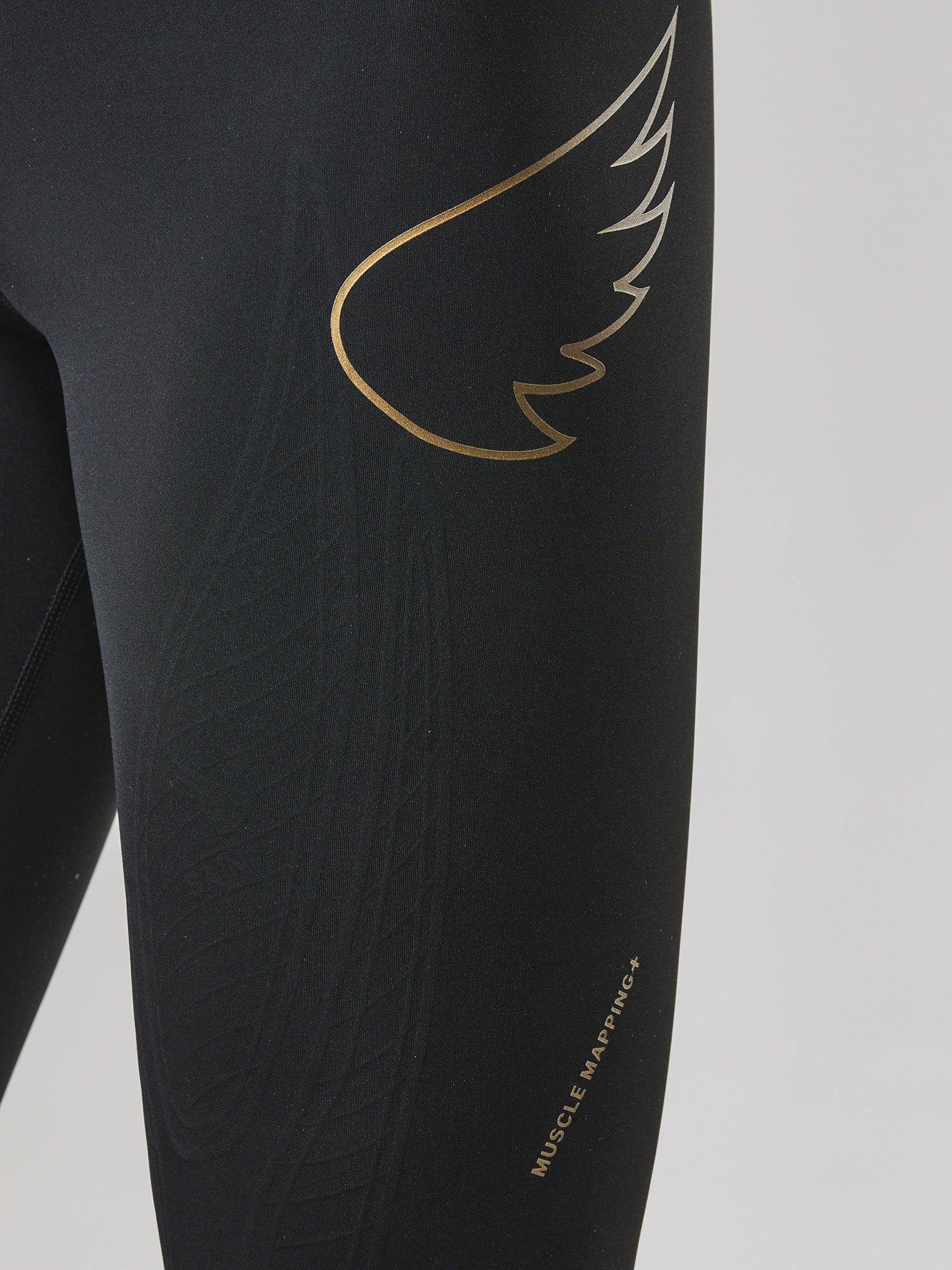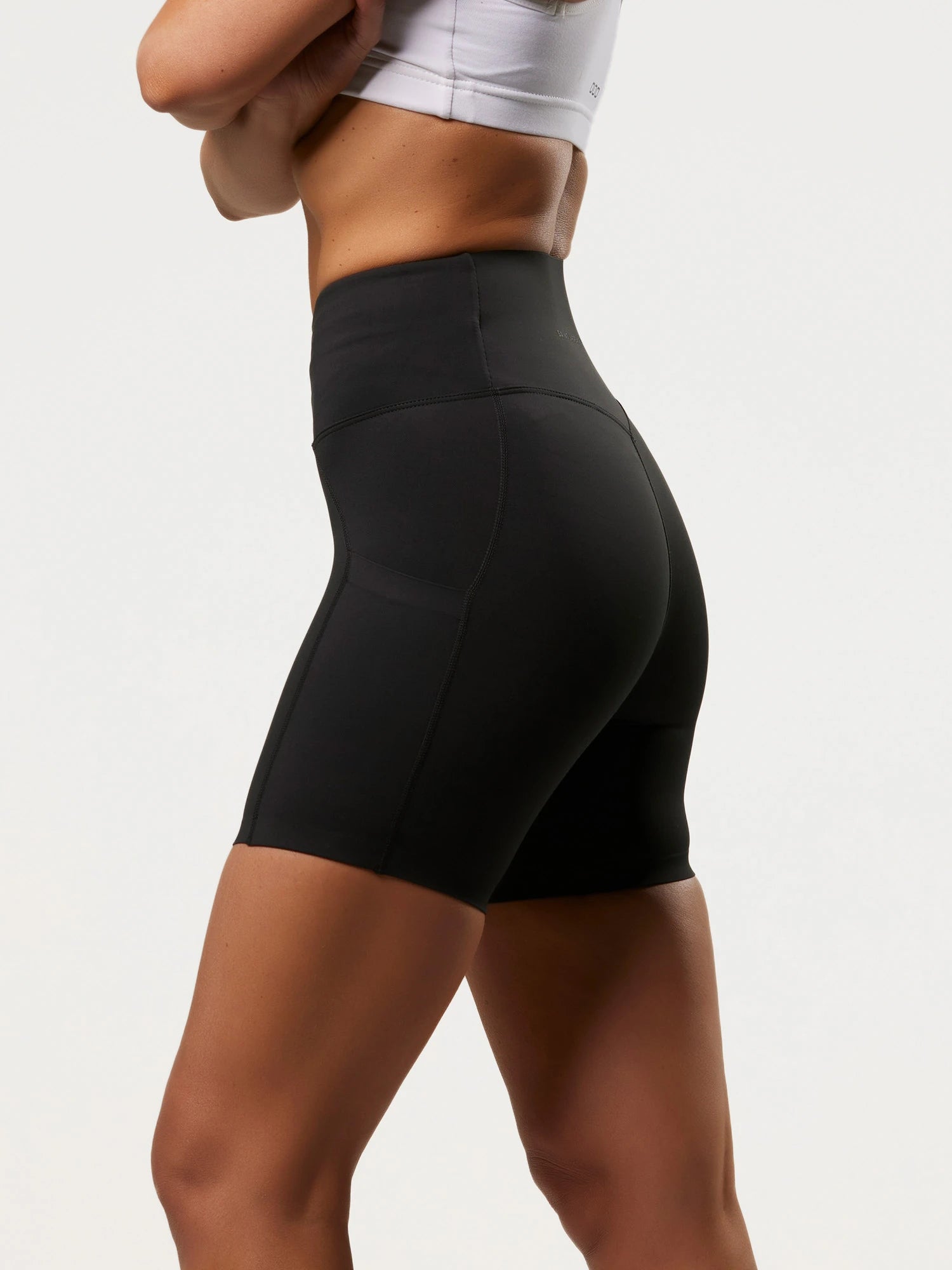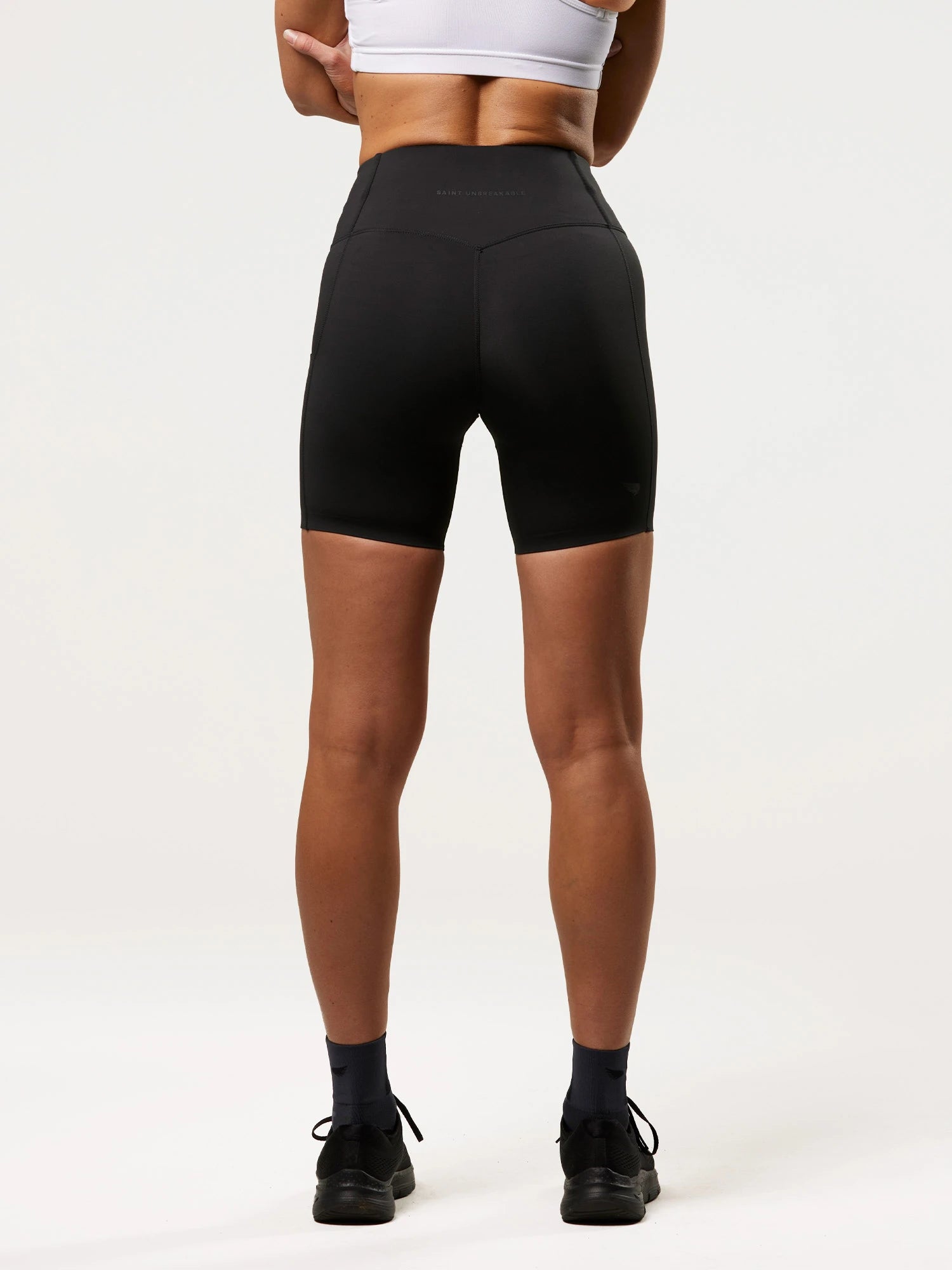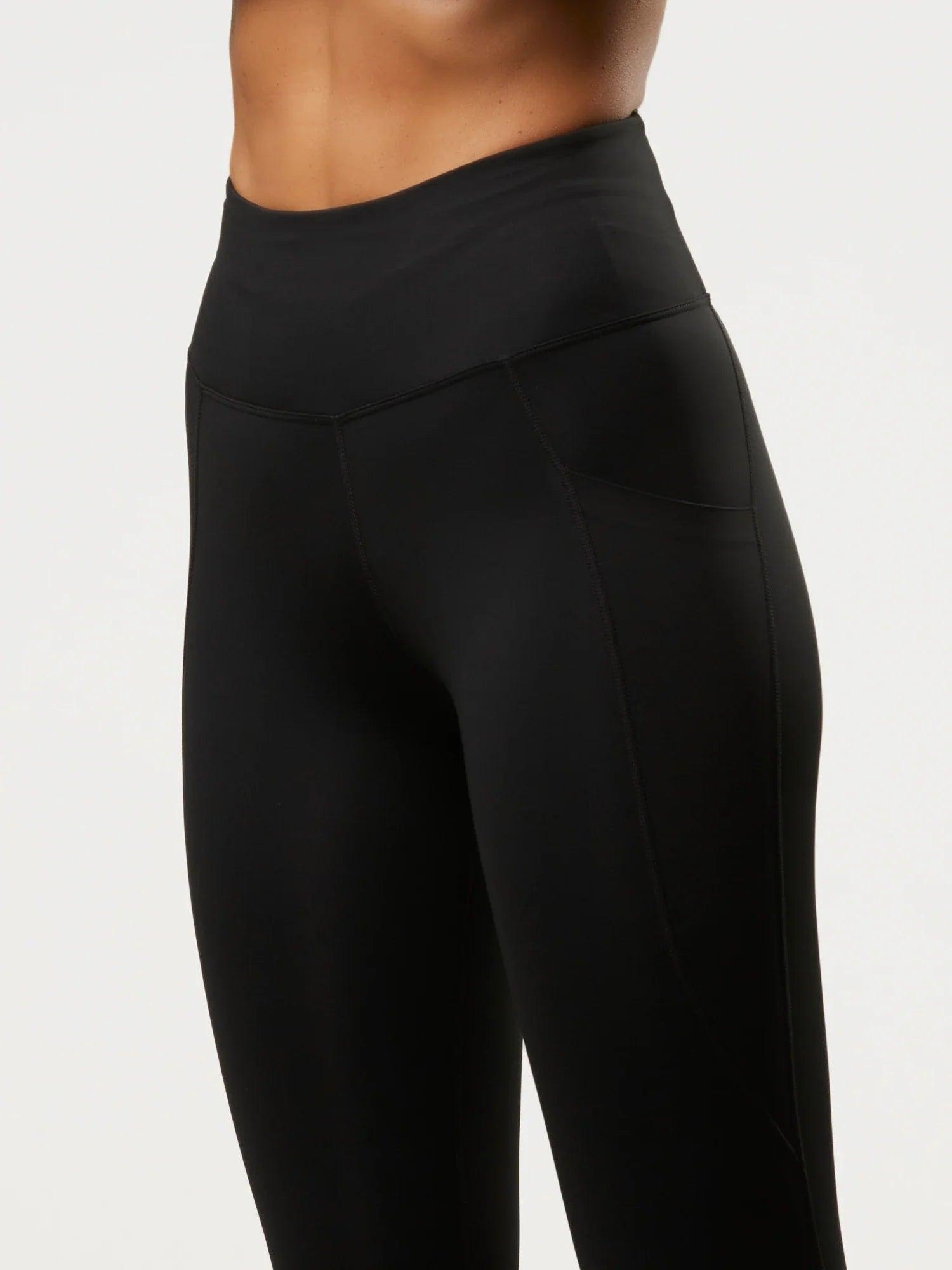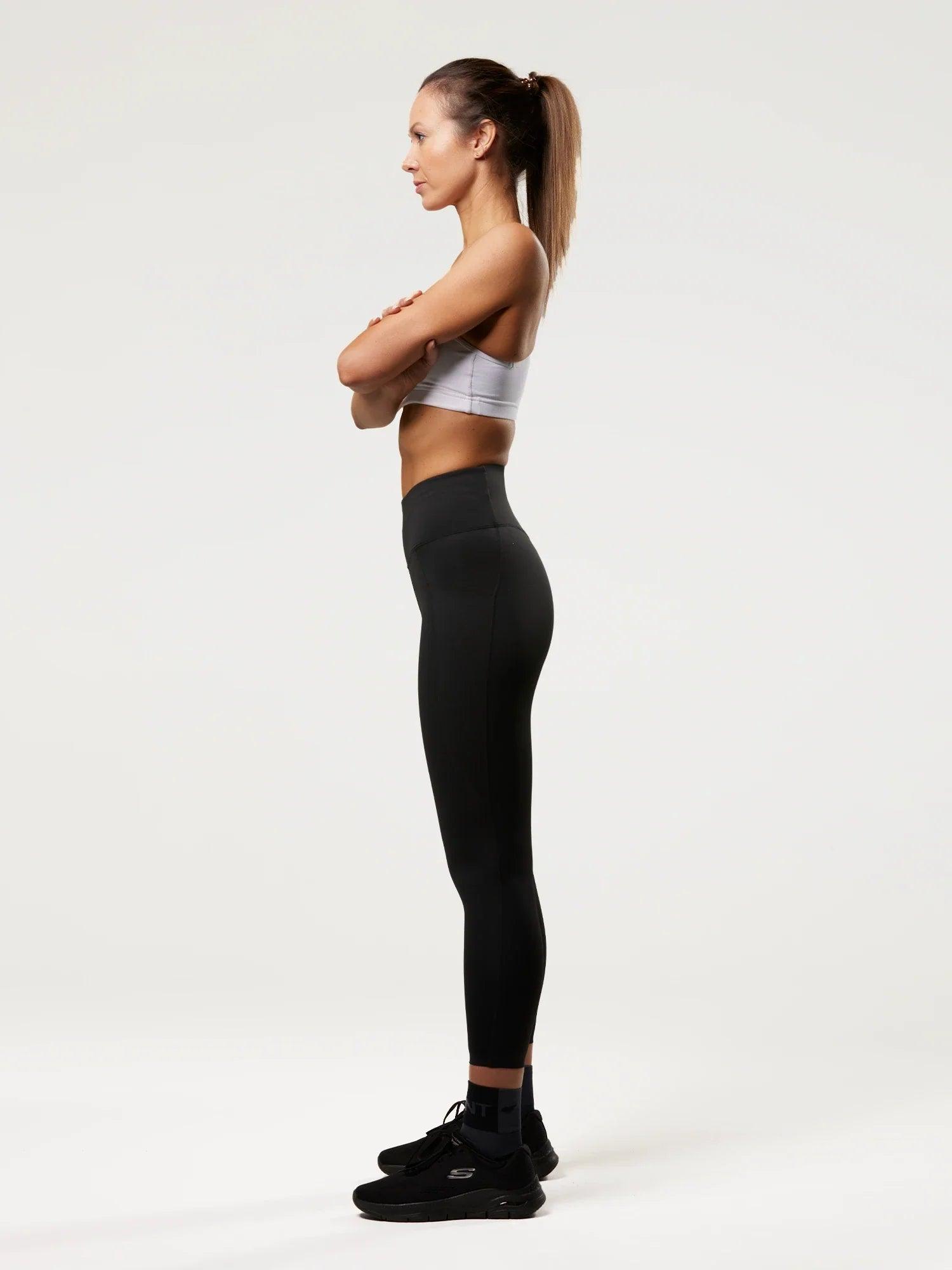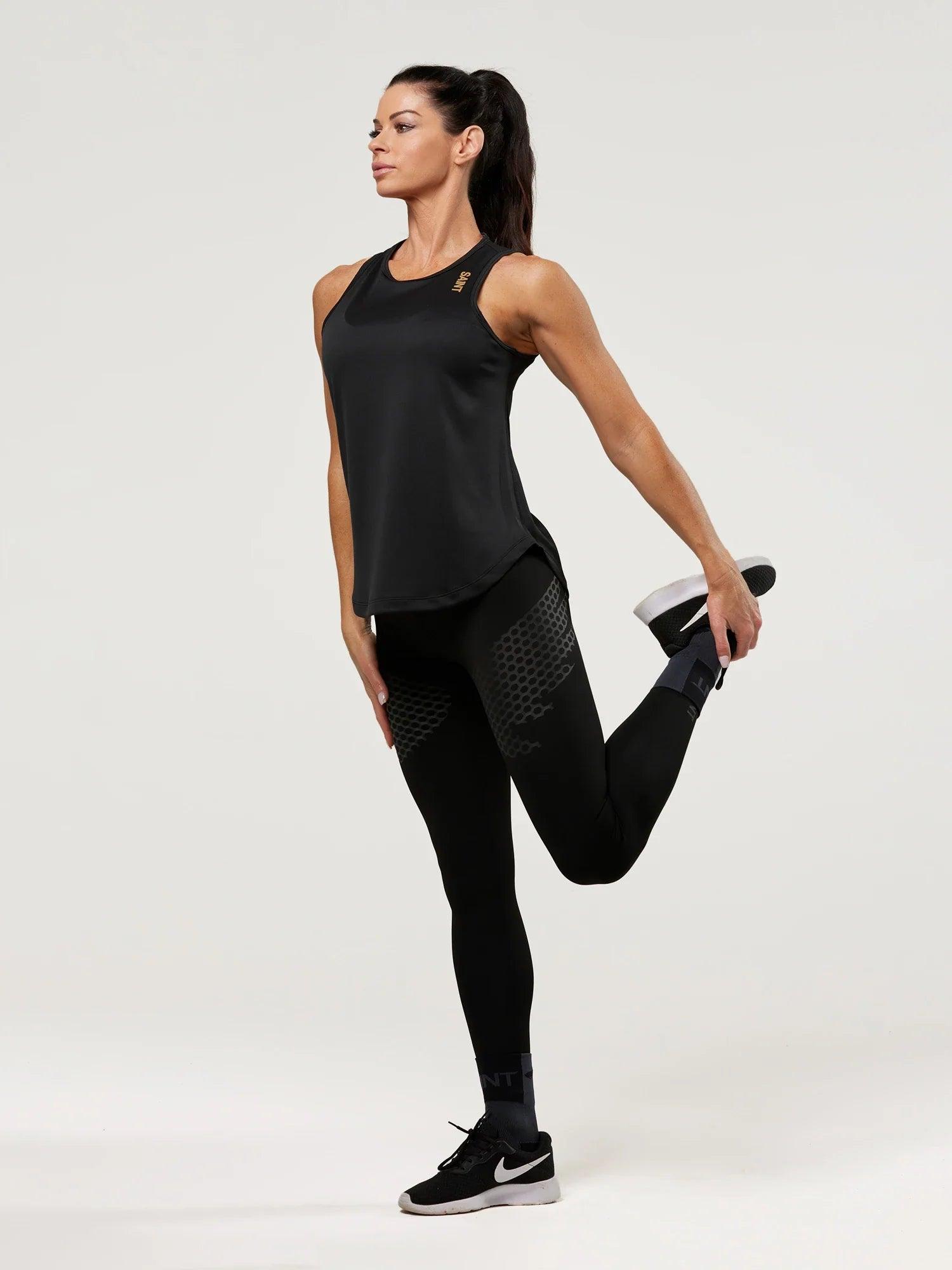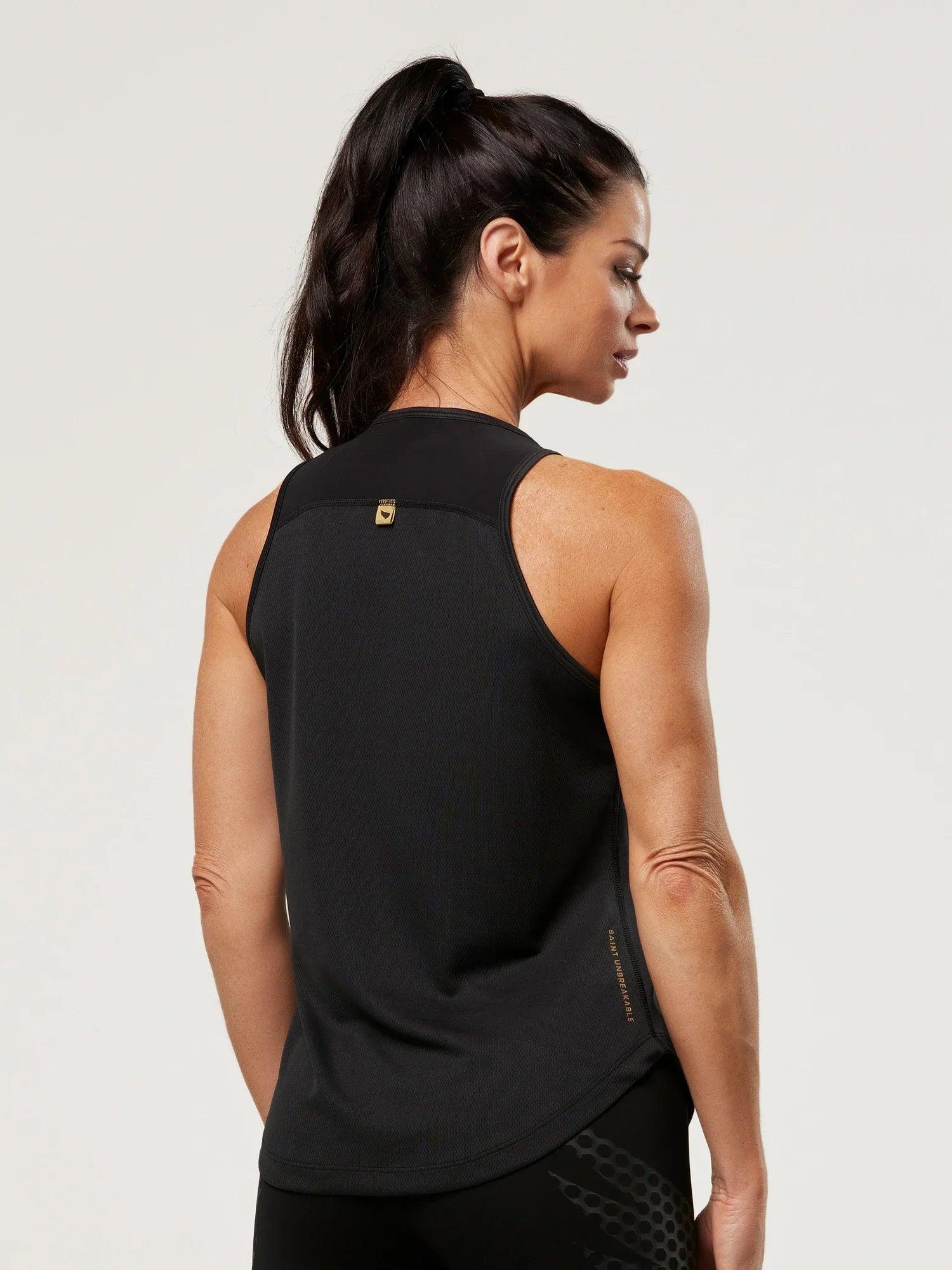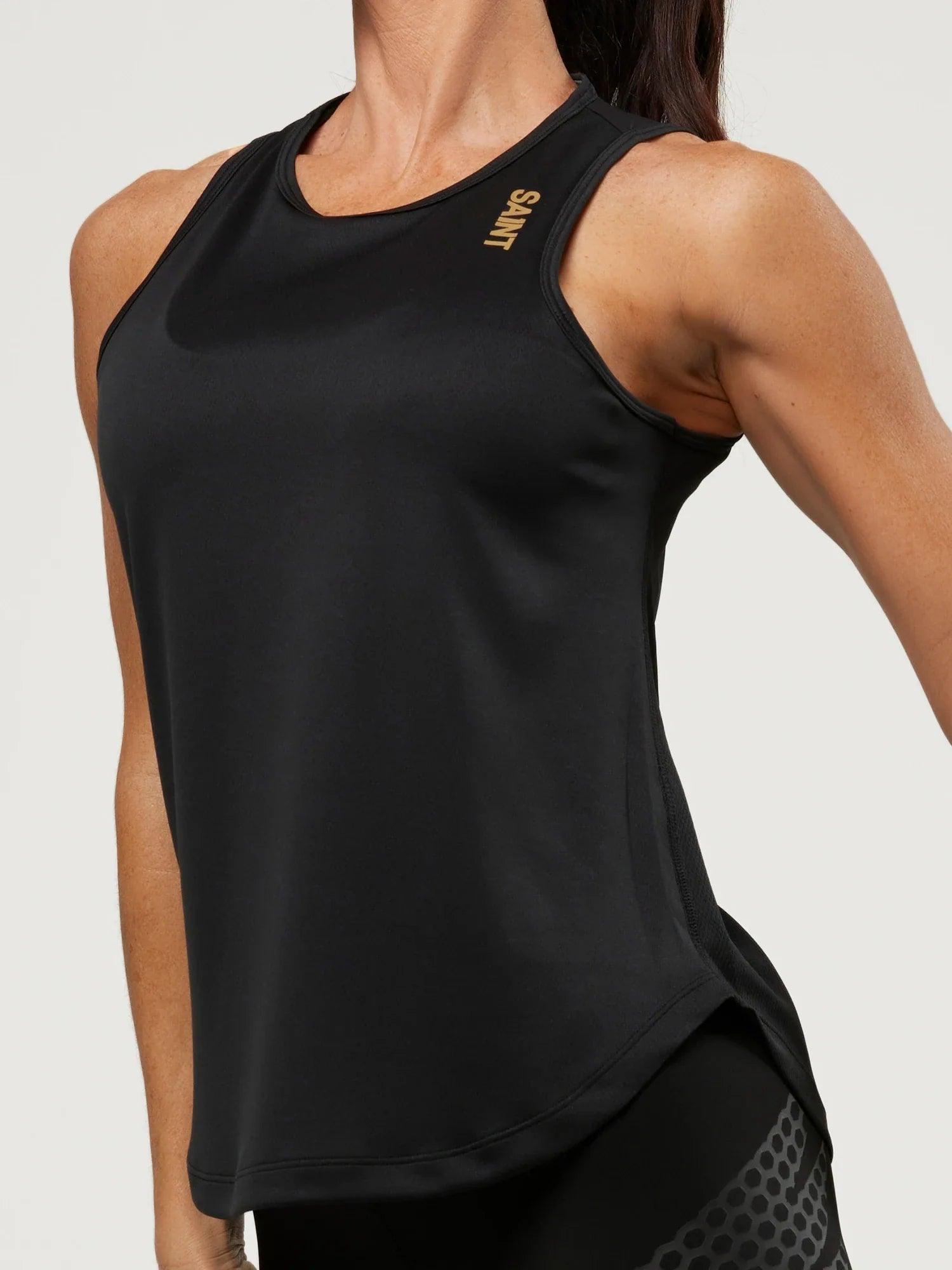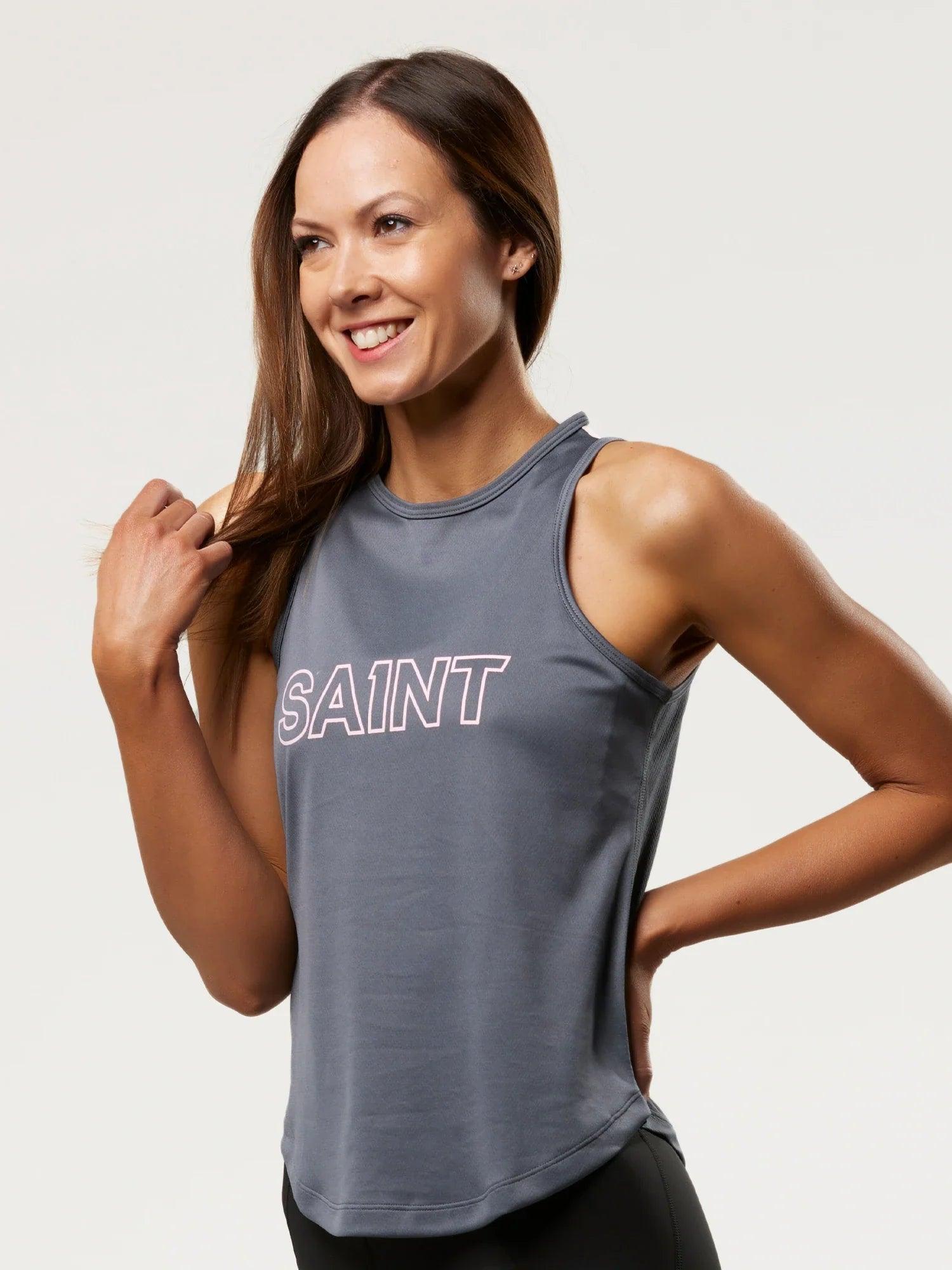"…the science shows improvements in recovery and performance across a range of different types of exercise and different sports."
Compression garments have become popular with athletes and those of us who think of ourselves as part-time athletes. However, not everything in sports that is popular is based on good science or actual evidence. Research in the compression space has been growing year after year and we know more than ever about how they work and what they do for our body and brain. So, what does the science tell us about how compression actually works and what does this mean for performance and recovery?
Compression & Blood Flow
The major theory regarding compression for sports comes from the medical world of compression and its ability to increase blood flow. The pressure from the garments ‘squeezes’ the smaller vessels closer to the skin and essentially ‘forces’ the blood to travel through the larger deeper blood vessels. This has two important effects: 1) it increases blood flow to the muscle itself and 2) improves the return of blood back to the heart ready to be pumped again. The increase in blood flow can also help deliver nutrients during the recovery period. this increase in blood flow also helps stop blood ‘pooling’ in the feet when standing or sitting for long periods. This is why compression garments are really great for long-haul travel.
Inflammation and Muscle Damage
The result of this increase in blood flow is that metabolites or waste products from exercise are cleared faster. The removal of these waste products helps reduce inflammation and muscle damage that occur after exercise. It is the inflammation that occurs after many types of exercise that causes muscle soreness. So, using compression garments to increase blood flow and reduce inflammation can have positive effects on reducing soreness. Reducing soreness is a great idea if you are wanting to exercise most days and you sometimes avoid exercising when the pain is a little too much.
Muscle oscillation (muscle ‘wobble’)
The forces that occur during running and jumping (due to impact with the ground) can have big effects on the muscle. This impact can result in vibration of the muscle and over time may cause pain and damage and potentially even injury.
Compression has been shown to decrease this muscle movement and vibration during running and jumping. Here, the garment is providing a ‘support system’ to compress the muscle. This is another way that compression can reduce inflammation and soreness, by protecting the muscles underneath the compression during exercise.

Somatosensation (awareness of body position and movement)
Compression can be really useful to help performance when being stable or having good balance is important. The compression garment can provide extra information to the brain regarding body position, especially in people who have had previous injuries. The garments touch the skin and cover important joints such as the knee and ankle and this ‘sensation’ information is sent to the brain to help understand where our body is in space. This is another way that compression may help reduce injuries, particularly in people with a history of injuries or instability.
Improved perception of recovery
One of the most consistent things we see in research is an improved feeling of recovery after wearing compression. It might be due to decreased inflammation and soreness, or maybe wearing a great pair of compression tights just feels really good. Either way, feeling better after exercise is a great thing regardless of the exact reasons why. Whether the goal is to exercise again that afternoon or the next day, feeling more recovered will likely increase both motivation to train and performance during exercise.

Performance
With all of the benefits of compression, it is no surprise that the science shows improvements in recovery and performance across a range of different types of exercise and different sports. Research has shown compression garments to be effective at improving the recovery of strength, power, and running and cycling performance. Compression has also been shown to improve cycling sprint performance when using compression for as little as 20 minutes between efforts.
Overall benefits
Wherever you are on your fitness or competitive journey, great compression gear can be a super way to make you feel and perform better. We see scientific support that blood flow is increased which reduces inflammation and pain. Compression can also help potentially reduce injury risk by decreasing muscle vibration and increasing awareness of where our body is in space. Whether you use compression during exercise, between sets, between training sessions or at the end of the day, science is proving the multiple benefits for recovery and performance.
Optimal performance has never been so accessible, achievable and authenticated by real science.

References:
- Argus, CK, Driller, MW, Ebert, TR, Martin, DT, Halson, SL. The effects of 4 different recovery strategies on repeat sprint-cycling performance. Int J Sports Physiol Perform. 2013;8(5): 542-548.
- Broatch, JR, Brophy-Williams, N, Phillips, EJ, O'Bryan, SJ, Halson, SL, Barnes, S, Bishop, DJ. Compression Garments Reduce Muscle Movement and Activation during Submaximal Running. Med Sci Sports Exerc. 2019;doi:10.1249/MSS.0000000000002182
- Brophy-Williams, N, Driller, MW, Kitic, CM, Fell, JW, Halson, SL. Effect of Compression Socks Worn Between Repeated Maximal Running Bouts. Int J Sports Physiol Perform. 2016;1-22. doi:10.1123/ijspp.2016-0162
- O'Riordan, SF, McGregor, R, Halson, SL, Bishop, DJ, Broatch, JR. Sports compression garments improve resting markers of venous return and muscle blood flow in male basketball players. J Sport Health Sci. 2021;doi:10.1016/j.jshs.2021.07.010
- Weakley, J, Broatch, J, O'Riordan, S, Morrison, M, Maniar, N, Halson, SL. Putting the Squeeze on Compression Garments: Current Evidence and Recommendations for Future Research: A Systematic Scoping Review. Sports Med. 2022;52(5): 1141-1160. doi:10.1007/s40279-021-01604-9



